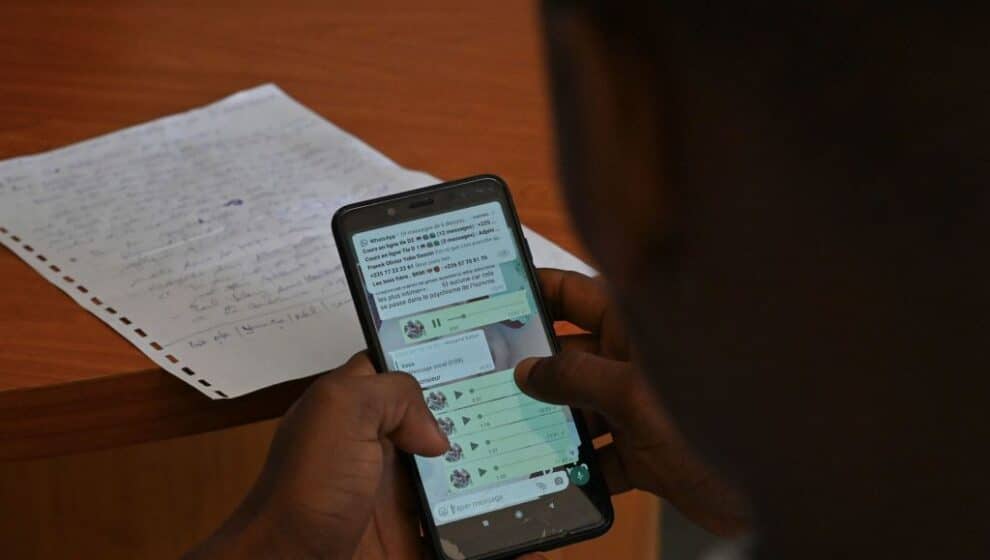Voice notes are becoming popular as more people report using audio messages in their digital conversations.
Key Details
- Voice notes are small audio messages that can be recorded and sent on a phone in the messages app.
- A study found that 62% of Americans say they’ve sent a voice note at least once, and 30% say they use voice notes to communicate weekly, daily, or multiple times a day, according to The Hustle.
- Voice messages are more popular with the younger crowd as those aged 18 to 29 report using voice messaging more, with 43% using it at least weekly.
Why it’s news
Ever since cell phones became mainstream, a new popular way to communicate has emerged and become widely adopted by the younger generation every few years. The prevalent trends have included instant messaging, texting, emojis, and now—audio messages.
Small audio messages that can be recorded and sent within seconds have become a popular communication form among those aged 18 to 29 and others. The messages can be sent in the messenger tab on cell phones and other apps, such as the free international messaging platform WhatsApp.
Last year, WhatsApp reported that users send around 7 billion audio messages daily. The app originally launched audio messages in 2013 and has been popular internationally, but it has recently been gaining popularity in the U.S., according to The Hustle.
Many international readers say the voice messages help them overcome language barriers when speaking to someone overseas, with around 13% of users reporting they use it for precisely that reason.
Many young users report favoring audio messages over texts because it is easier to tell a long story and listen to someone else’s story rather than typing everything and reading it back.
Another large reason is that the younger generation suffers from phone call anxiety. A 2019 study found that 76% of millennials have phone anxiety, compared to 40% of baby boomers, according to BetterUp.
By sending a voice memo, it allows people to share the more personable aspects of voice communication, like tone, mood, and humor—without the pressure of a phone call.
Research has shown that by hearing someone’s voice, even for a matter of seconds, people can pick up on what’s called “paralinguistic cues,” which we don’t have over text. Those cues—like someone speaking a little more loudly when they’re excited—help people convey their intended message, especially when communicating complex emotions like sarcasm or humor, according to The Vox.
While voice messages are gaining popularity, there are some downsides. It can be tedious to listen to a very long message that someone has sent of them talking, which can happen often. It is also difficult to be discreet while listening to voice messages in public, leaving many people to wait until they get in private to open the messages.
Although sometimes it can be tedious, many people prefer voice messages, specifically from family, because it feels more meaningful and allows them to hear the voice of a loved one.
